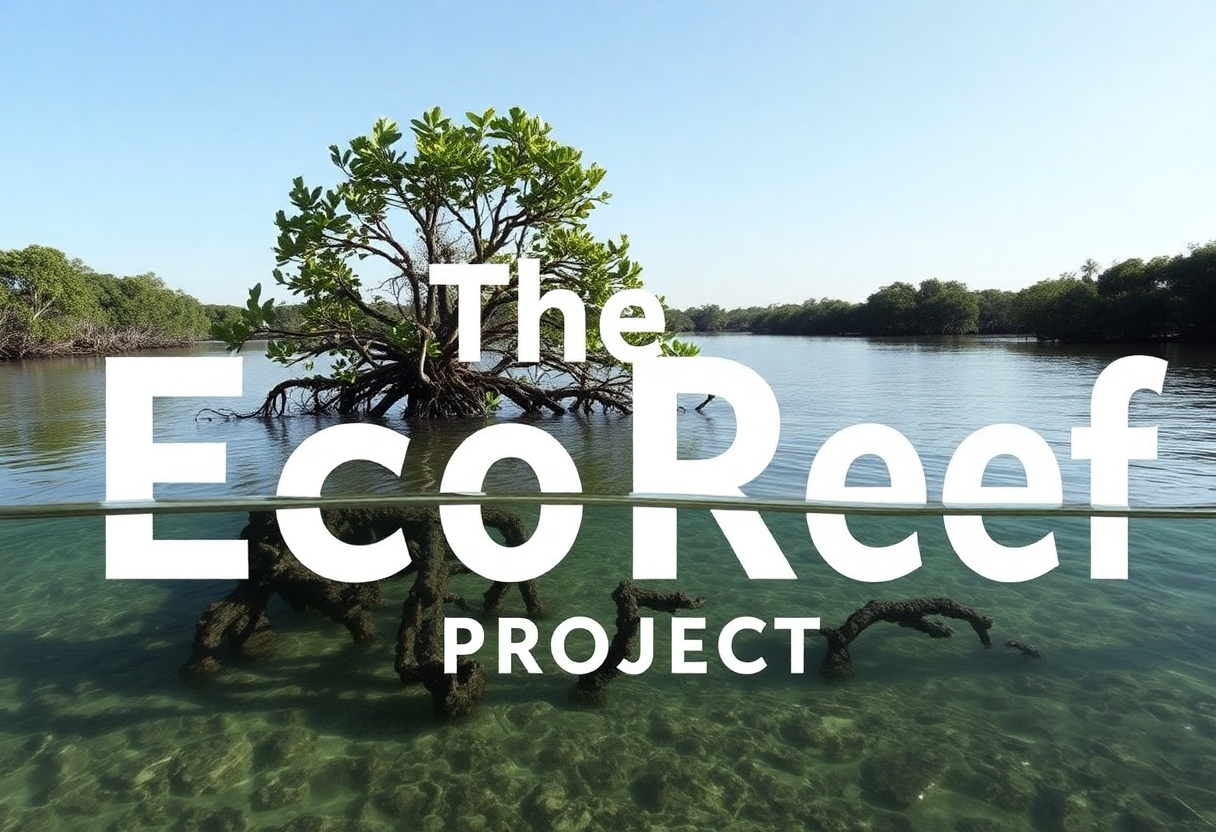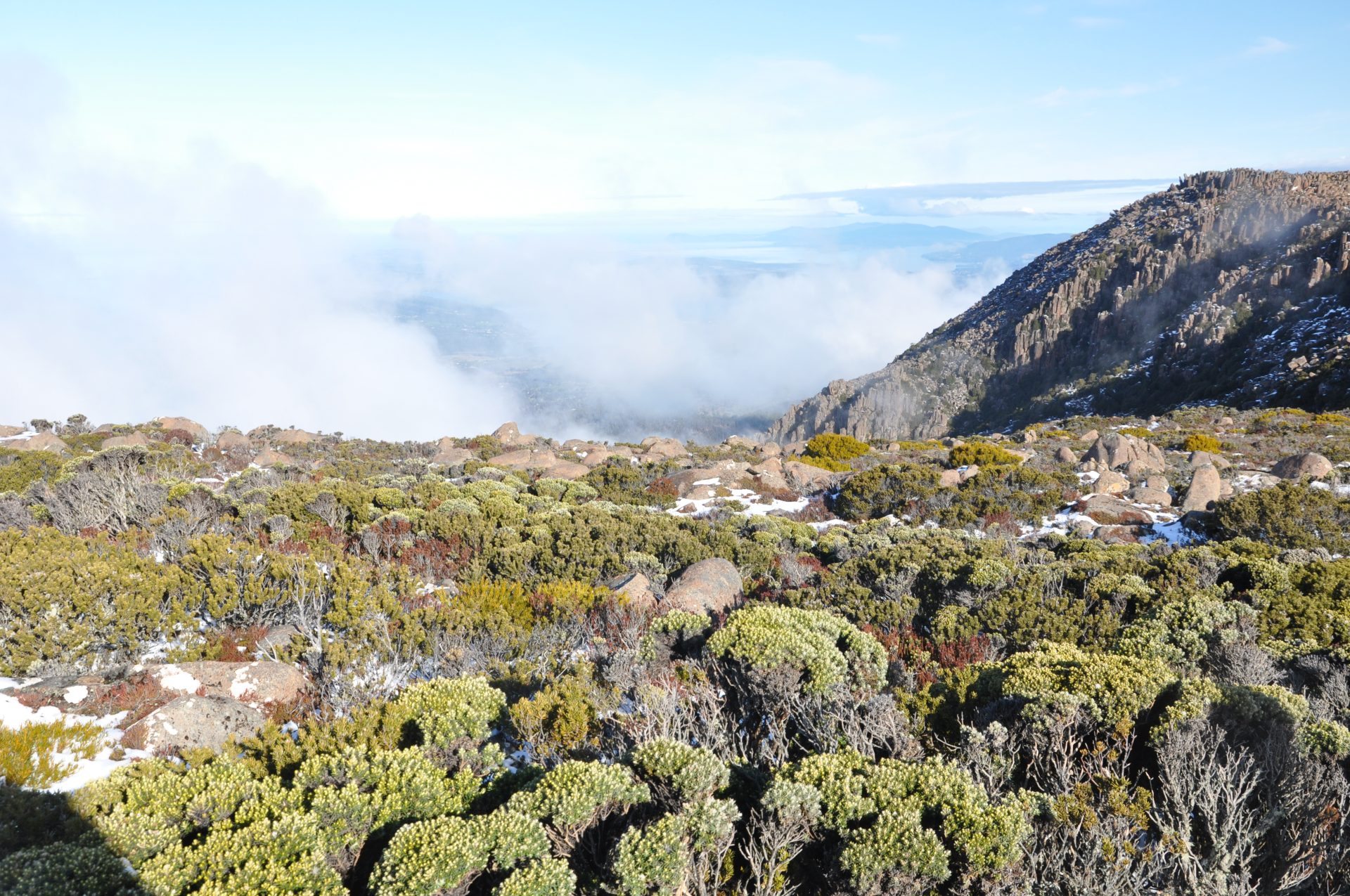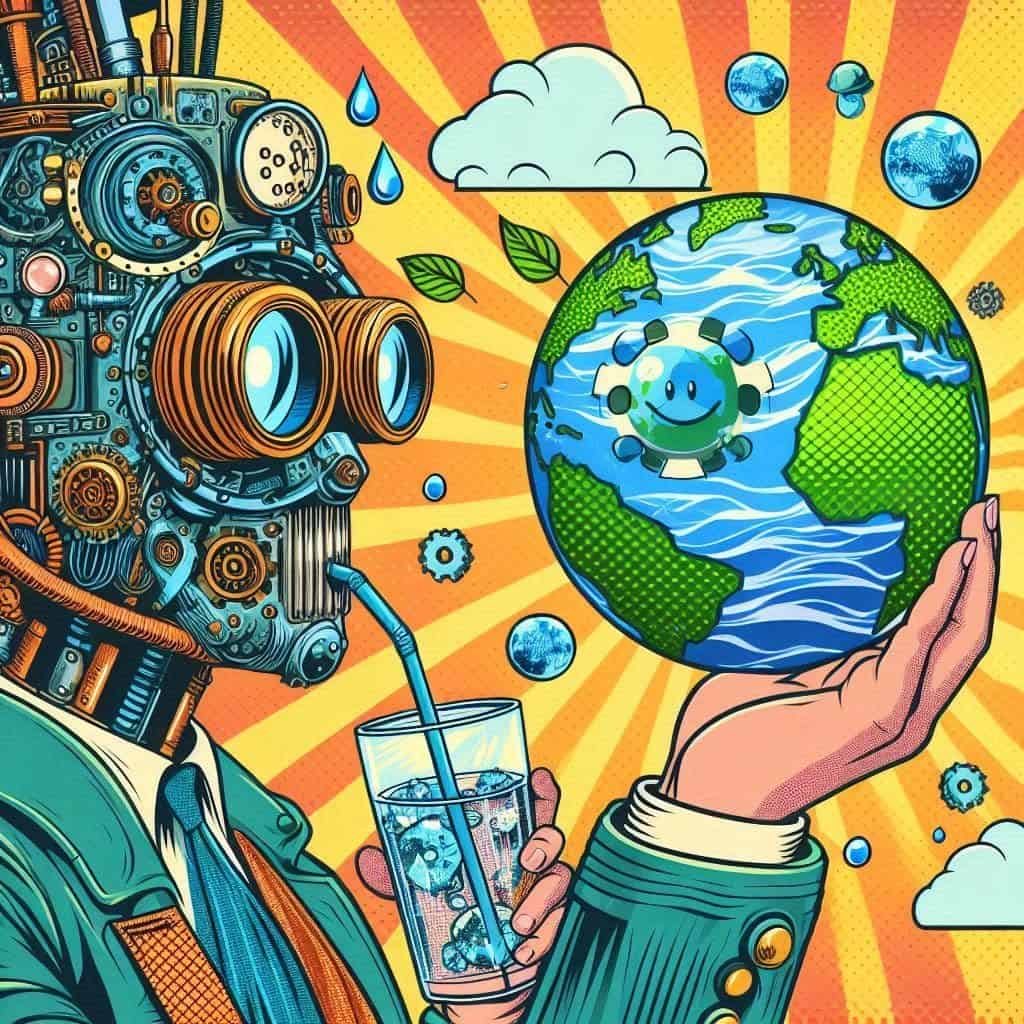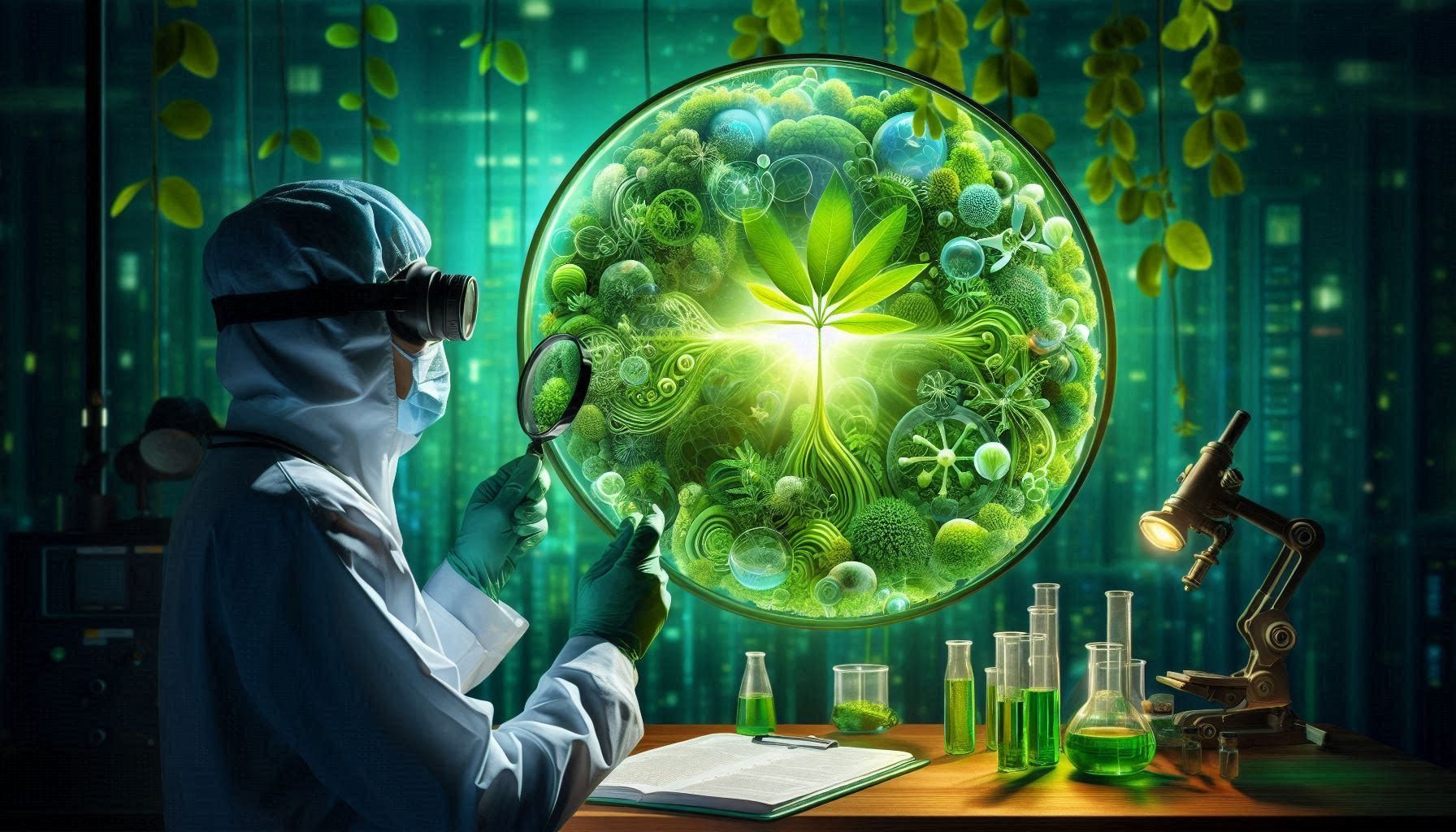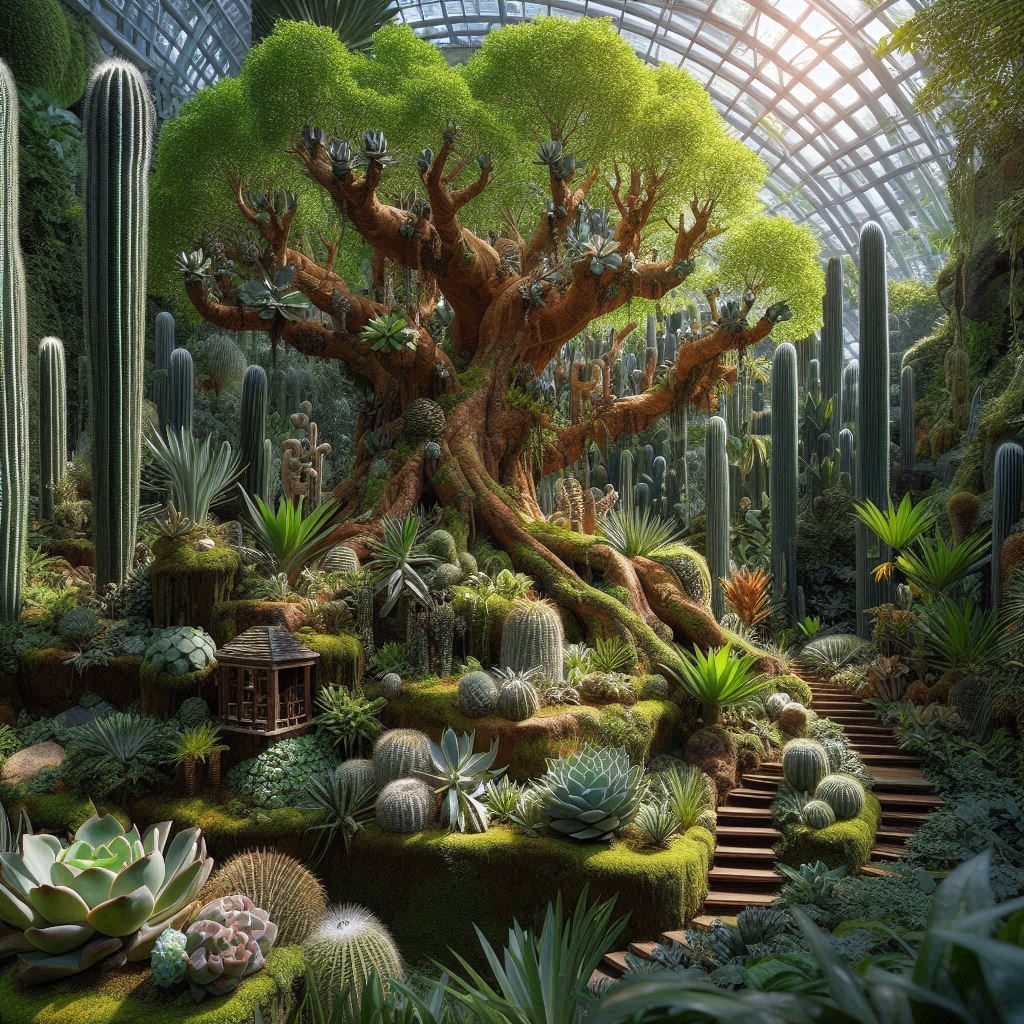Plastic Tray Rise Of The Big Plastic Tip
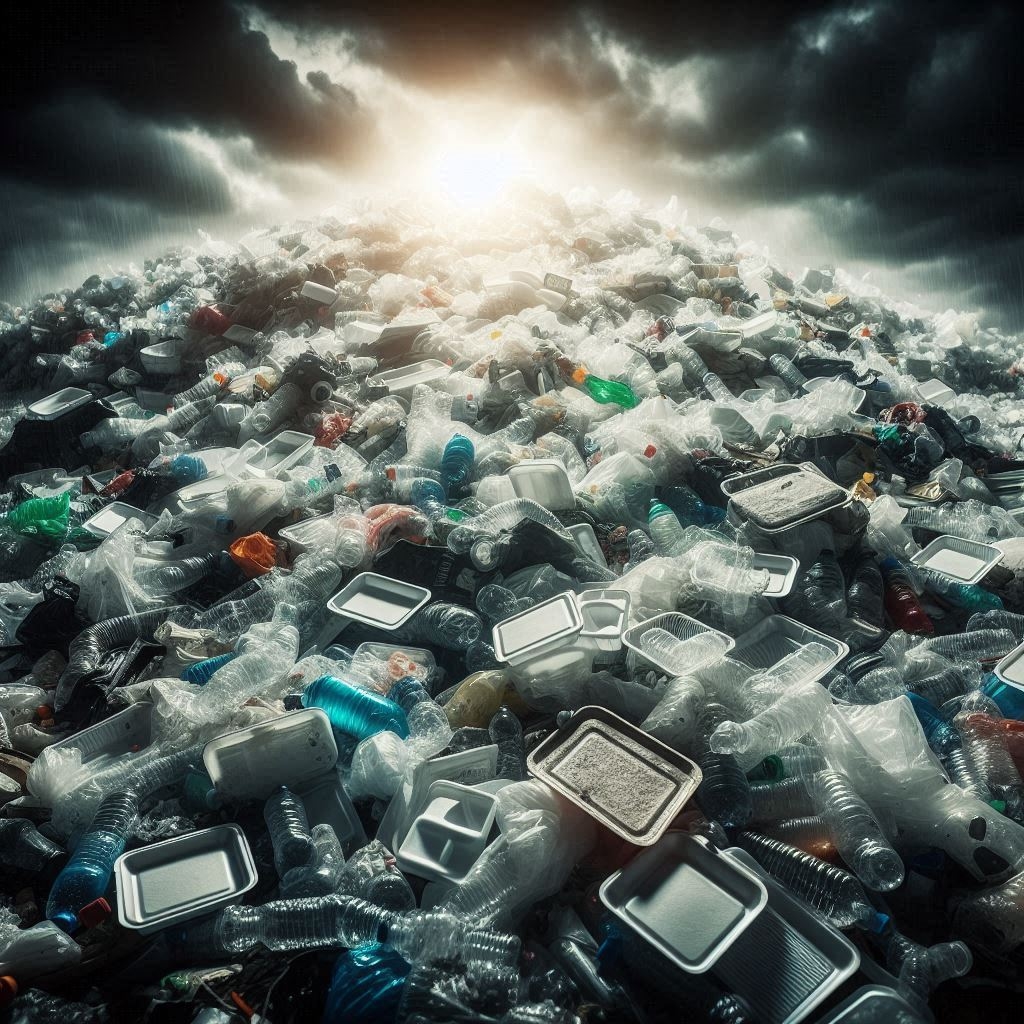
Are Supermarket Trays Better or Worse for the Environment?
Walk down any supermarket aisle, and you’ll see shelves filled with products packaged in plastic trays. From fruits and vegetables to meats and baked goods, these plastic trays seem to be everywhere. While they might appear convenient and hygienic, their environmental impact is a growing concern. Let’s delve into why everything in supermarkets seems to be encased in plastic trays, and whether they are as harmful, more harmful, or perhaps even less harmful than plastic bags.

The Rise of Plastic Trays
The widespread use of plastic trays in supermarkets can be attributed to several factors:
Hygiene and Safety
Plastic trays provide a barrier that protects food from contamination and damage. This is especially important for perishable items like meat, poultry, and seafood. The clear lid allows consumers to see the product, while the tray keeps it fresh and safe from external elements.
Convenience and Presentation
Plastic trays offer a convenient way to package and display products. They can be easily stacked, transported, and stored, making logistics simpler for retailers. Additionally, they enhance the visual appeal of products, enticing consumers with a neat and attractive presentation.

Portion Control and Waste Reduction
Pre-packaged portions in plastic trays can help reduce food waste by providing consumers with the exact amount they need. This is particularly useful for ready-to-eat meals and snacks, where portion control is key.
Environmental Impact of Plastic Trays
Despite their advantages, plastic trays pose significant environmental challenges
Non-Biodegradable
Most plastic trays are made from materials like polystyrene or polyethylene, which do not biodegrade easily. This means they persist in the environment for hundreds of years, contributing to the growing problem of plastic pollution.
Resource Intensive
The production of plastic trays requires significant amounts of fossil fuels, water, and energy. This contributes to greenhouse gas emissions and depletes valuable natural resources.
Recycling Challenges
While some plastic trays are technically recyclable, the process is often complicated and inefficient. Contamination from food residues can make recycling difficult, and many recycling facilities are not equipped to handle certain types of plastic. As a result, a large portion of plastic trays ends up in landfills or incinerators.
Comparing Plastic Trays and Plastic Bags
When comparing the environmental impact of plastic trays and plastic bags, it’s important to consider several factors

Material and Production
Both plastic trays and plastic bags are derived from fossil fuels and require significant energy to produce. However, plastic trays are often thicker and more resource-intensive than plastic bags, potentially resulting in a higher overall environmental footprint.
Usage and Disposal
Plastic bags are typically single-use items, while plastic trays might be reused or recycled in some cases. However, the recycling rate for plastic trays is generally low, and their persistence in the environment is a major concern.
Environmental Persistence
Both plastic trays and plastic bags contribute to long-term environmental pollution. Plastic bags, due to their lightweight nature, can easily become litter and pose a threat to wildlife. Plastic trays, on the other hand, are bulkier and occupy more space in landfills.
Why We Allow This in Society
The widespread use of plastic trays and packaging persists for several reasons:
Consumer Demand for Convenience
Modern lifestyles often prioritize convenience and efficiency. Pre-packaged and ready-to-eat items cater to busy schedules, making plastic trays an attractive option for consumers who value quick and easy meal solutions.
Economic Factors
Plastic packaging is relatively inexpensive to produce and use. For many retailers and manufacturers, plastic trays offer a cost-effective solution that helps keep prices competitive in a market-driven economy.
Perceived Hygiene and Safety
Consumers associate plastic packaging with increased hygiene and safety, particularly for perishable items. This perception has been reinforced during events like the COVID-19 pandemic, where pre-packaged items were seen as a safer option.
Lack of Awareness and Alternatives
Many consumers and businesses may not be fully aware of the environmental impact of plastic trays or may not have easy access to viable alternatives. Limited awareness and availability of sustainable packaging options can perpetuate the reliance on plastic.
Regulatory and Policy Gaps
In some regions, there are insufficient regulations or incentives to reduce plastic usage and promote sustainable alternatives. Without strong policy measures, the transition away from plastic packaging can be slow and challenging.
How We Can Do Better
Addressing the environmental impact of plastic packaging requires a multi-faceted approach
Adopt Alternative Packaging
Innovations in packaging materials offer promising alternatives to traditional plastics. Biodegradable and compostable trays made from plant-based materials, such as cornstarch or sugarcane, are increasingly available. These options break down more easily and have a lower environmental impact.
Encourage Reusables
Promoting the use of reusable containers can significantly reduce the demand for single-use plastic packaging. Shoppers can bring their own containers for bulk items or use reusable produce bags, which reduces the need for plastic trays and bags.
Enhance Recycling Programs
Improving recycling infrastructure and educating consumers about proper disposal can help increase recycling rates for plastic trays. This includes developing facilities that can handle a wider range of plastics and promoting clean recycling practices.
Implement Regulatory Measures
Governments can play a pivotal role by enacting policies that limit the use of single-use plastics and promote sustainable packaging alternatives. Bans on certain types of plastic packaging and incentives for companies that adopt eco-friendly practices can drive positive change.
Corporate Responsibility
Retailers and manufacturers can take proactive steps to reduce their plastic footprint. This includes investing in sustainable packaging solutions, reducing unnecessary packaging, and participating in recycling programs. By prioritizing sustainability, companies can lead the way in creating a more environmentally friendly future.
Conclusion
While plastic trays in supermarkets offer convenience and hygiene benefits, their environmental impact cannot be ignored. Comparing plastic trays to plastic bags reveals that both have significant drawbacks when it comes to sustainability. The key to mitigating their impact lies in finding and adopting alternatives that are both environmentally friendly and practical for consumers and retailers alike. By embracing innovative materials, encouraging reusable options, improving recycling efforts, and enacting supportive policies, we can work towards a future with less plastic pollution and a healthier planet.
Join the Discussion
What are your thoughts on plastic packaging in supermarkets? Have you found any effective alternatives or solutions?
